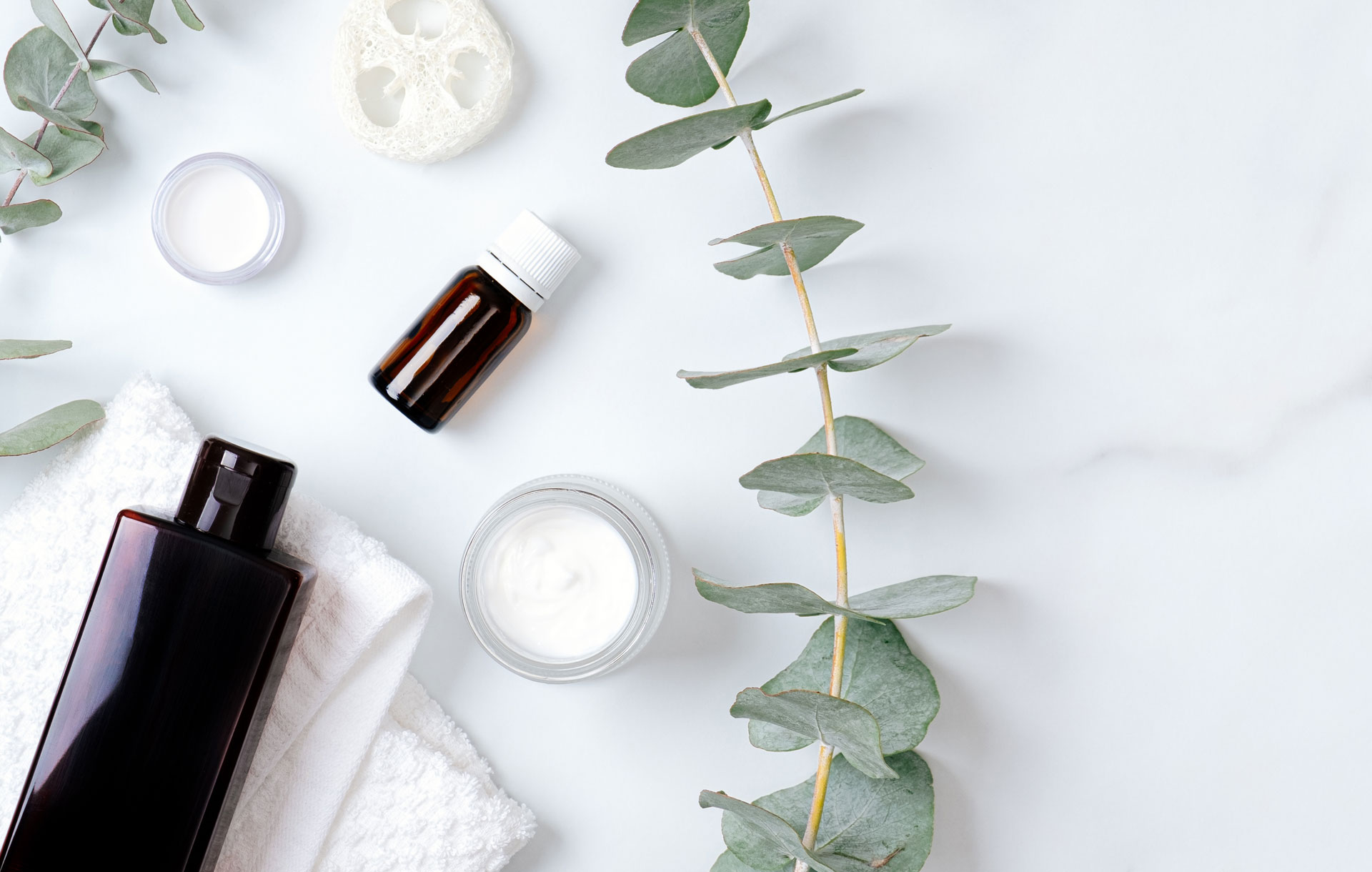
Highlights from the Clean Beauty Roundtable
We’re all familiar with the terms “green,” “organic” and “natural,” but “clean” is nebulous. Sure, it sounds amazing, but what exactly makes a product, formula tion or brand clean? To bring clarity, we sat down with four clean beauty pioneers: Greg Starkman, Founder and CEO of Innersense Organic Beauty, Indie Lee, Founder and CEO of Indie Lee & Co., Kristine Keheley, Co-Founder of Vapour Organic Beauty and Romain Gaillard, Owner and Founder of The Detox Market.
American clean beauty brands face unique challenges in setting superior green standards. Unlike their European counterparts, the United States bans only 33 ingredients from cosmetics. That’s a far cry from the 1328 ingredients on the European Union’s no-go list. This marked gap illustrates what should define the clean space: a commitment to formulating products where there is no question of consumer safety, and efficacy and no-harm go hand in hand.
Here’s some highlights from our direct, (and quite open!) discussion:
[ihc-hide-content ihc_mb_type=”show” ihc_mb_who=”2,4,5″ ihc_mb_template=”3″ ]
WHAT DOES CLEAN MEAN TO YOU?
Kristine: Minimally processed organic ingredients enhanced by exciting new plantbased actives. There is a long list of “no’s” specific to each product type based on safety for humans and the environment. The standouts to me are that we do not allow FD&C pigments nor synthetic fragrance and we push for ideal luxury cosmetic performance. Perhaps most importantly we consider the entire chain of human and environmental health when we make an ingredient selection. We have been in the business of developing and formulating clean skincare and color for 20 years. We are committed to the effort involved in constant evolution as new solutions become possible. This desire to push boundaries is thrilling and challenging. It leads to innovation and meaning.
HOW CONCERNED SHOULD WE BE ABOUT WHAT WE PUT ON OUR SKIN?
Indie: Extremely. Skin is your largest organ. I learned the hard way. In 2008, I was diagnosed with a life-threatening brain tumor that doctors felt could be environmentally derived and attributed to something as simple as what I was putting on my skin. There are numerous studies showing that topical ingredients can stay in the system and cause long-term change. In the US, we have to be vigilant because, unlike the EU, the FDA takes an “innocent until proven guilty” approach to banning ingredients. It means brands and consumers need to be hyper-aware of the research so they are making the safest choices.
WHAT ARE THE CHALLENGES IN NOT HAVING A GOVERNING BODY IN THE US FOR THE TERM?
Greg: Without governing standards, clean is a subjective term and left to the brand to defend. This alone creates consumer confusion, leaving consumers frustrated. It also allows for brands to establish marketing positions and terms that are not validated. “Clean-washing” reduces the level of trust consumers have in the term “clean.” That makes it even more critical for brands to have radical transparency. Look out for brands that have “proprietary complexes and blends,” – it’s a way to hide ingredients in a vague umbrella term. It’s great when a product doesn’t have sulfates, parabens, silicone and phthalates, but those are just four to avoid. Consumers are getting educated and learning what ingredients to watch out for.
CAN SYNTHETIC INGREDIENTS ALSO BE CLEAN?
Romain: Yes. Remember that clean is about safety. There are plenty of natural ingredients that are known allergens or can be toxic. We look at the science and evidence to show which ingredients are safe for consumers to use, whether the ingredients are natural or synthetic.
ARE CLEAN PRODUCTS AS EFFECTIVE AS THEIR COUNTERPARTS?
Greg: Yes, and in some ways they are better. Green chemistry is evolving as new ingredients emerge to further improve the performance of hair and skincare. Many consumers choose products that don’t fit the clean model simply because they are less expensive. The cleaner and greener a brand becomes, the more investigation, experimentation and evolution is required. The good news is that while it’s extremely hard work for the formulator, the result is not only safe to use but proven to be effective.
Clean beauty is still a bit like the wild west, which is why we need leaders who are committed to transparency – what goes into the products, why the decisions were made and what you can expect as a consumer. There’s no question that clean is here to stay, and Innersense Organic Beauty, Indie Lee, Vapour and The Detox Market have shown that going clean is not only a smart choice for your health, but a decision based on shared values.
[/ihc-hide-content]












